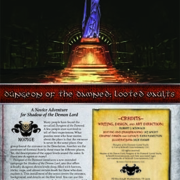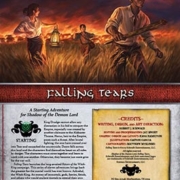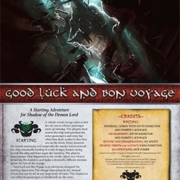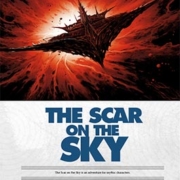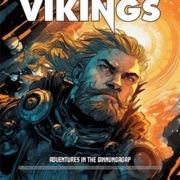Descend into the abyss with Dungeon of the Damned, a chilling new campaign for Shadow of the Demon Lord. Eleven levels of claustrophobic darkness await, teeming with unspeakable horrors, ingenious traps, and the promise of a bone-chilling truth at the bottom. This first chapter unveils the dungeon’s ominous entrance, its shadowed history, and the secrets lurking within the first level.
Find out the latest news and releases for Shadow of the Demon Lord and Godless from Schwalb Entertainment.
Falling Tears unveils the long-awaited Return of the Witch-King campaign, an epic saga spanning eleven adventures. This narrative resurrects the most formidable adversary the mortal realm has ever faced: Ashrakal, the Witch-King.
Embark on a chilling ocean voyage where a passenger’s disappearance sets in motion a chain of terrifying events. The remaining passengers must unravel the mystery before it’s too late. Will they expose the truth and face the kraken’s wrath, or conceal the events and hope for survival?
Lawspeaker Krapti Thorfridson has obtained vital information about the mysterious crimson cross, but to ensure his silence, the Sons of Ivaldi have kidnapped him and taken him to a secure facility. The player characters must attempt a daring rescue and, if they can evade the enemy fleet, prepare for a journey on the hel-roads.
Armed with the Space Vikings expanded rules, you can drengiliga go where no Norseman has gone before!

